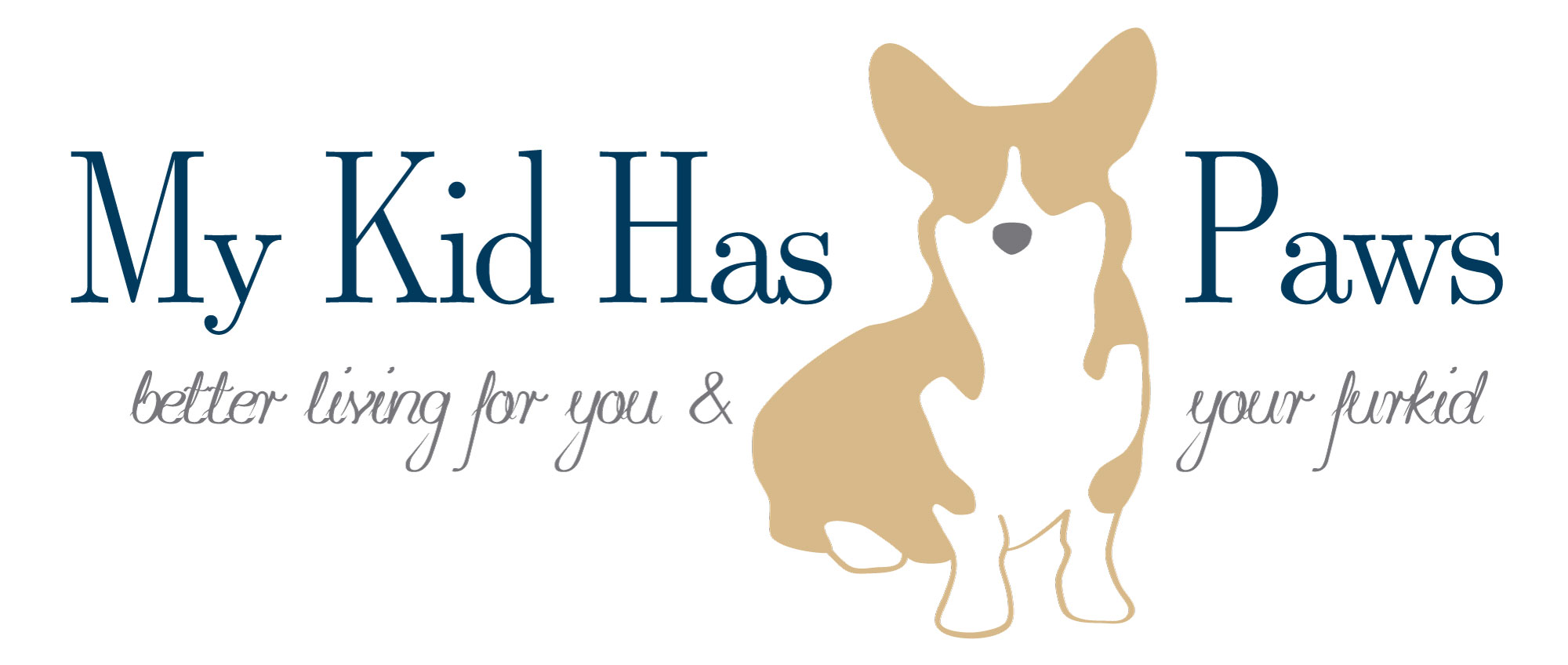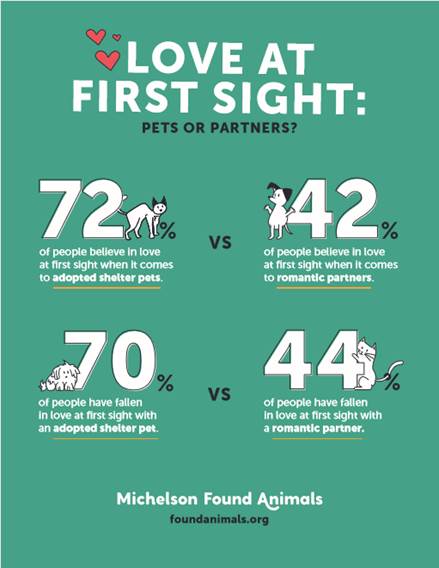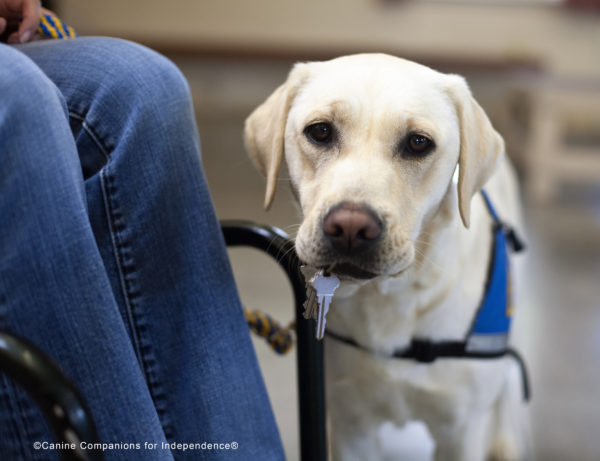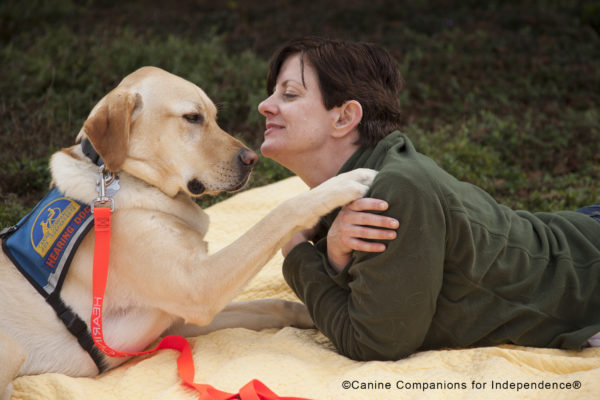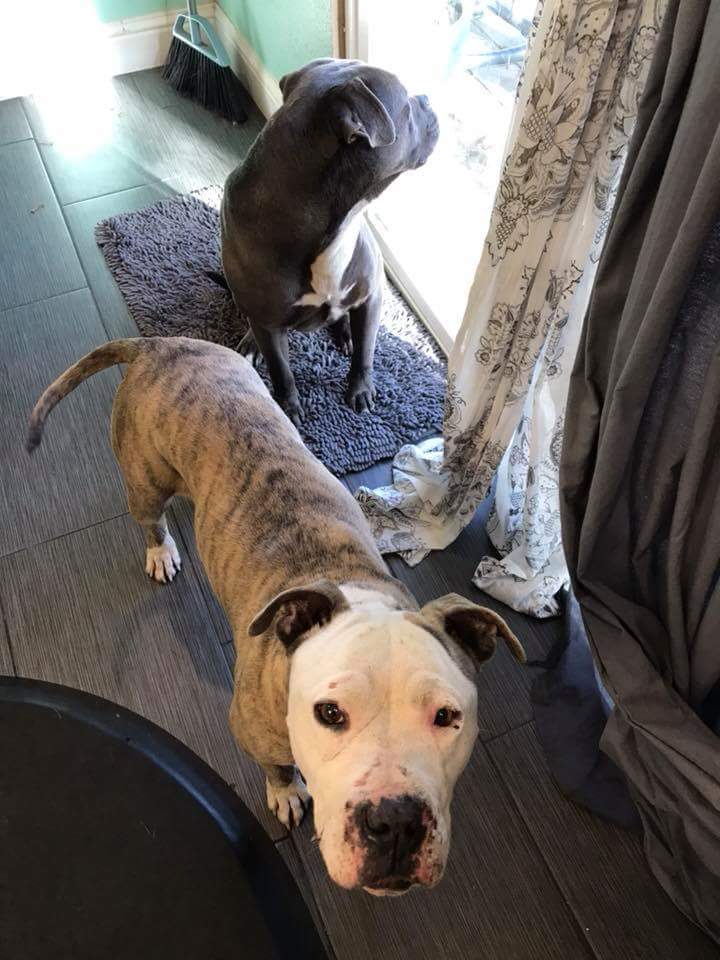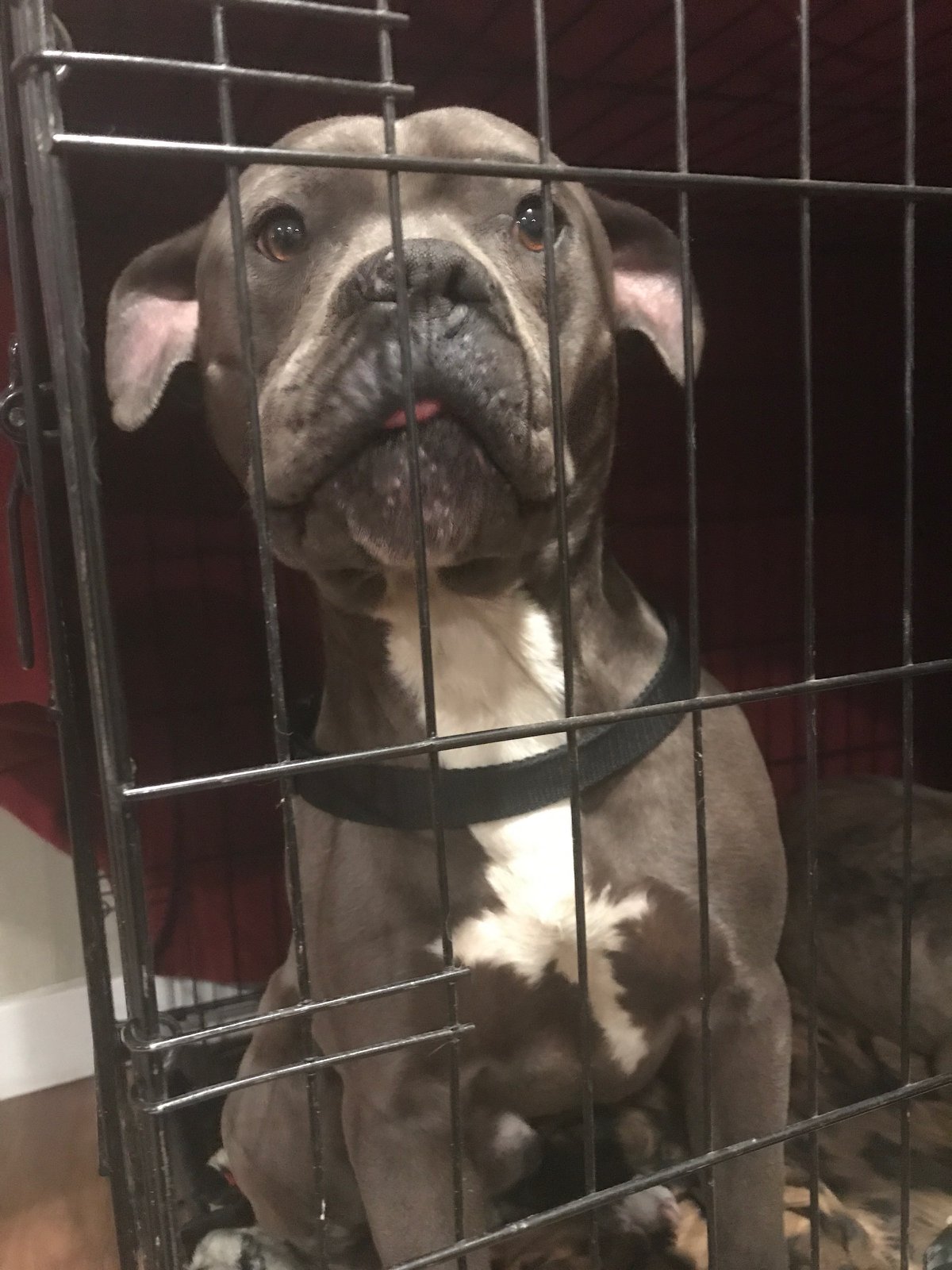Did you know that the month of May is National Chip Your Pet Month?
To be clear, we aren’t talking about potato chips here. We are talking about those good ol’ microchips. Today, we have partnered with Aimee Gilbreath of Michelson Found Animals Foundation and our friends at Petcurean to provide all pet parents with a friendly reminder about the importance of microchipping your pet.
The quotes below were provided by Aimee, the additional information is based on my experience.
What are microchips?
Microchips are rice sized chips that are scannable and contain your pet’s unique number, it’s like their social security number. This can be scanned by a shelter or vet, and the number is used to find the pet’s owner. It is not a GPS device and does not contain any personal information.
I have taken part in the reunion of many animals with their pet parents, and microchips have played a critical role in getting pets home safely. Here is an example from 2016:
Why do I need a microchip?
Pets get lost all the time – they run off, slip out of collars and slide through gates. No one likes to think about losing a pet – but being prepared just in case will increase the likelihood that they’ll get back to you and give you peace of mind.
Many dogs or cats don’t wear collars while they are indoors. Unfortunately, if there is ever a scenario where your pet escapes out the front door and doesn’t have their collar on, it becomes a lot more challenging for people to identify them as your pet, and ultimately makes it so much harder for them to return home safely to you.
Does it hurt my pet?
Implanting a microchip is a simple procedure and vets say it’s like getting a vaccine. Once it’s implanted, it stays in place and lasts for their lifetime.
If I am being honest, the bevel (opening) of the needles are larger for microchips. However, the discomfort is still mild and temporary, much like a shot with a larger needle. Helpful hint: if your pet isn’t microchipped and has an upcoming procedure (spay/neuter/dental), that’s a great time to also get them microchipped as the staff with take care of that procedure while they are still sedated.
Where do I get my pet microchipped?
When you adopt a pet, they are usually microchipped at the shelter. Veterinary offices also do the procedure.
I have microchipped quiet a few pets myself in both my work at shelters and veterinary hospitals. While the procedure itself is small and quick it should always be completed by animal professionals.
Do I need to do anything else once I get a microchip?
Yes, the microchip only works if you’ve registered it – go to foundanimals.org, the first free national microchip registry, and enter your information. Remember to keep it updated if your phone number or address changes. This ensures that you can be contacted if your pet is found.
Funny story, the morning that we found Bae (in the Instagram post above), I had just updated Rooney’s information on his microchip that morning to reflect our new address. Finding a lost dog on the hiking trail that day was a reminder of the importance of keeping microchip information up to date.
Is your pet microchipped? Have you ever helped return a pet home because they were microchipped?

Don’t forget, if you are interested in trying Petcurean food for your pet you can download a $5 off coupon using code PAWSOME8 on any Petcurean food here: Petcurean.com/pawsome
Disclaimer: I am a Petcurean blogger. I was provided with food and compensation so that Rooney and I could provide our honest opinion. However, Petcurean is the food we feed Rooney every day. My Kid Has Paws only shares reviews we believe benefit our readers.
